Scattered across London in stately prominence and secret corners, the blue plaques scheme brings buildings to life
Words: Jessica Tooze
On a quiet Chelsea street between the River Thames and the bustling King’s Road, the odd passer-by pauses to ponder two small blue plaques set into the red-brick walls of numbers 30 and 34. Once home to the composer Philip Arnold Heseltine and wit and dramatist Oscar Wilde respectively, the circular signs serve as a reminder of these famous names and help us make the imaginative leap that connects us with the past.
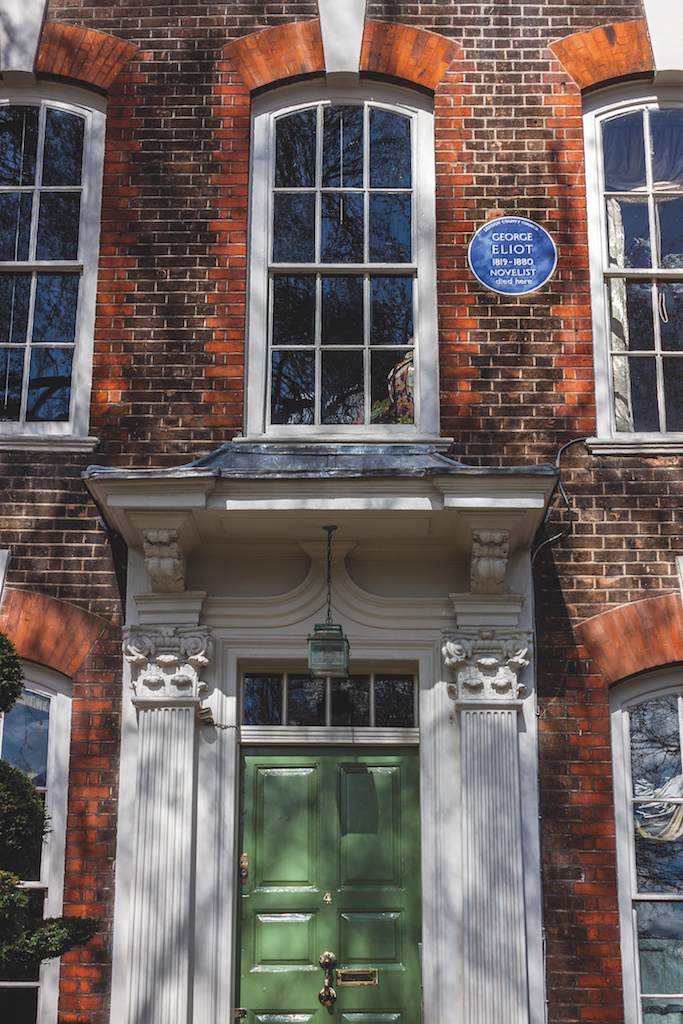
Tite Street, as this particular street is called, was a fashionable location for those of an artistic disposition in the late 19th century, and its most famous resident, Wilde, moved into number 34 with his wife in 1884. The house’s plaque, like others all over London, gives enthusiasts a tangible place to associate with the life and achievements of its most renowned occupant.
It is this that forms the main draw of the capital’s blue plaques – they offer the opportunity to visualise familiar buildings as they would have been when some of the most influential, scandalous, creative or intelligent people in history called them home.
Since its inception in 1866, the blue plaques scheme has allowed London locals and visitors to discover where their favourite author, scientist, musician, politician or other well-known name lived or worked.
From grand residences that are open to the public to quirky and hard-to-find boltholes in unlikely locations, there are around 950 iconic blue plaques spread across London, with a few more in other cities around Britain.
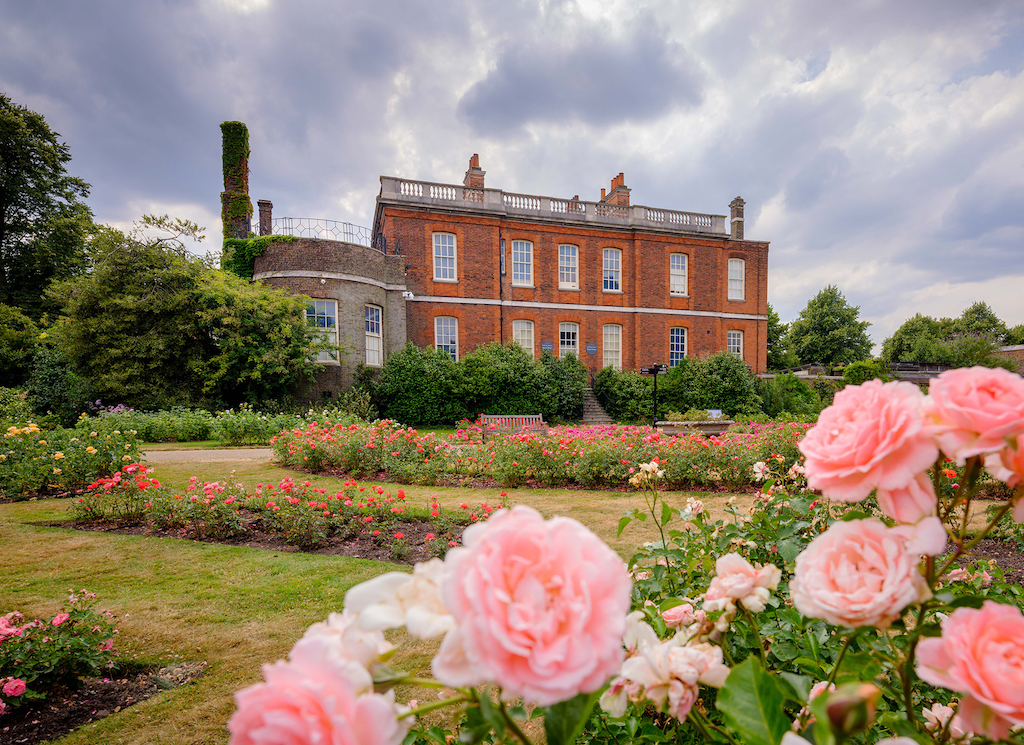
Now thought to be the oldest of its kind in the world, the scheme has had several sponsors over the years; since 1986 English Heritage have been responsible for deciding who qualifies for a plaque and what it should look like.
Under the current rules, the person commemorated must have been dead for 20 years, have resided in London for a significant amount of time, and deserve national recognition or have made an important contribution to human welfare or happiness.
There are a few cases where the 100-year rule has been waived – Mahatma Gandhi and Herbert Morrison were allowed plaques almost straight away – and others have had their applications refused at least once, including two notorious Sylvias, Pankhurst and Plath.
An August panel of fair-minded people decides on each plaque that goes up. Most new plaques are nominated by members of the public and the aim is to cover as many areas of human life as possible.
In 2018 English Heritage called on the public to nominate more women, as only 14 per cent of plaques celebrate female achievement. Anna Eavis, Curatorial Director and Secretary of the English Heritage Blue Plaques Panel, says: “Our efforts to address the gender imbalance within the London Blue Plaques scheme are starting to yield some strong results. There are now more women shortlisted than men.”
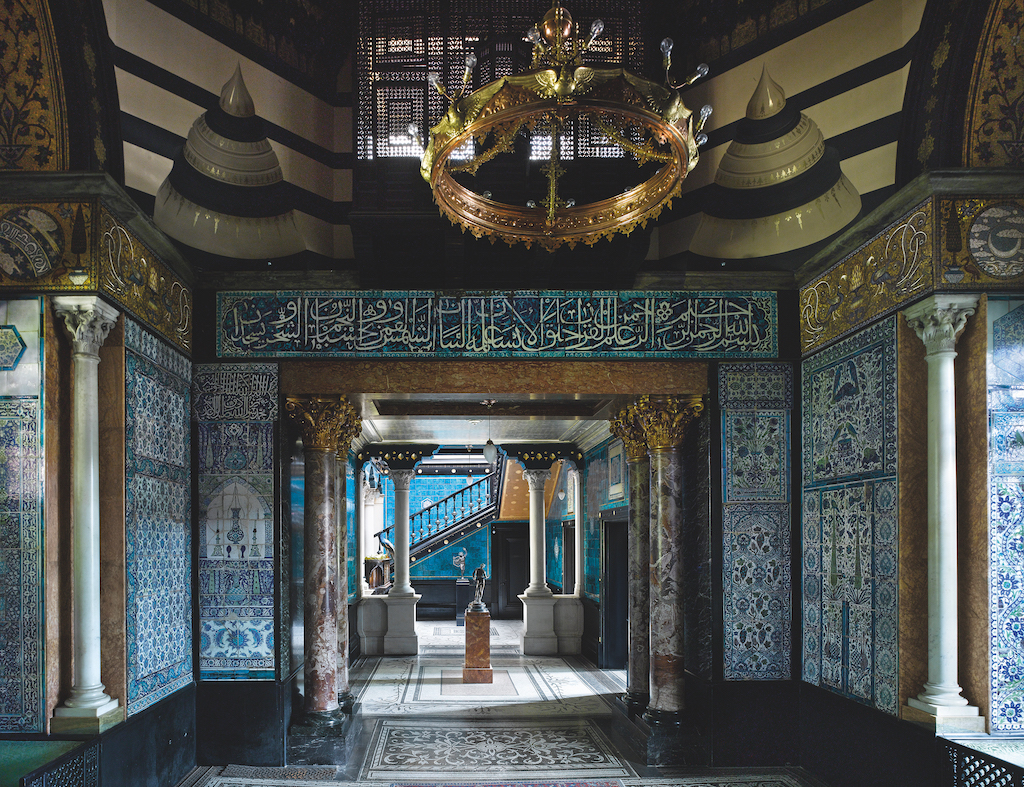
2020 will see more plaques to women than have been unveiled in the last two decades, with six new plaques remembering secret agents Christine Granville and Noor Inayat Khan, the artist Barbara Hepworth, the First World War leader and botanist Dame Helen Gwynne-Vaughan, as well as the headquarters of two suffrage organisations.
London’s oldest surviving blue plaque, erected in 1867, belongs to a Frenchman, Napoleon III, who lived just off St James’ Square in the years before he became Emperor. There are also plenty of resident Americans who have been honoured with a plaque.
Indeed, the first batch that went up included Benjamin Franklin, who once owned a property on the corner of Cheapside and Friargate. Then there are those famous faces who have moved around so much that they have multiple blue plaques. Dickens, Chamberlain, Rossetti and Gladstone all have more than one. On Essex Street in Covent Garden, the sheer numbers of famous residents (including Charles Edward Stuart and Samuel Johnson) caused the committee to decide early on that one rectangular stone plaque would have to cover everyone.
The depth and diversity of London’s past residents is quite remarkable; from scientists such as Michael Faraday (Larcom Street, Walworth) and Charles Darwin (University College, Camden) to novelists and playwrights including HG Wells (Hanover Terrace, Westminster) and JM Barrie (Bayswater Road, Westminster), some of the greatest names in history can boast a blue plaque among their many achievements.
Not every blue plaque bears an immediately recognisable name, however. “They are often the most interesting ones,” says senior historian Howard Spencer. Amelia Edwards, for example – who has a plaque on her family home in Pentonville – is cited by Howard Spencer as someone many people may not have heard of but who is extremely deserving of recognition: “She helped to start the serious study of Egyptology at a time when most women struggled to even get an education,” he explains.
“And there are the Blackheath-based engineers William and William Heerlein Lindley – father and son – who were responsible for piping clean water to dozens of European cities, helping to make modern urban living possible.”
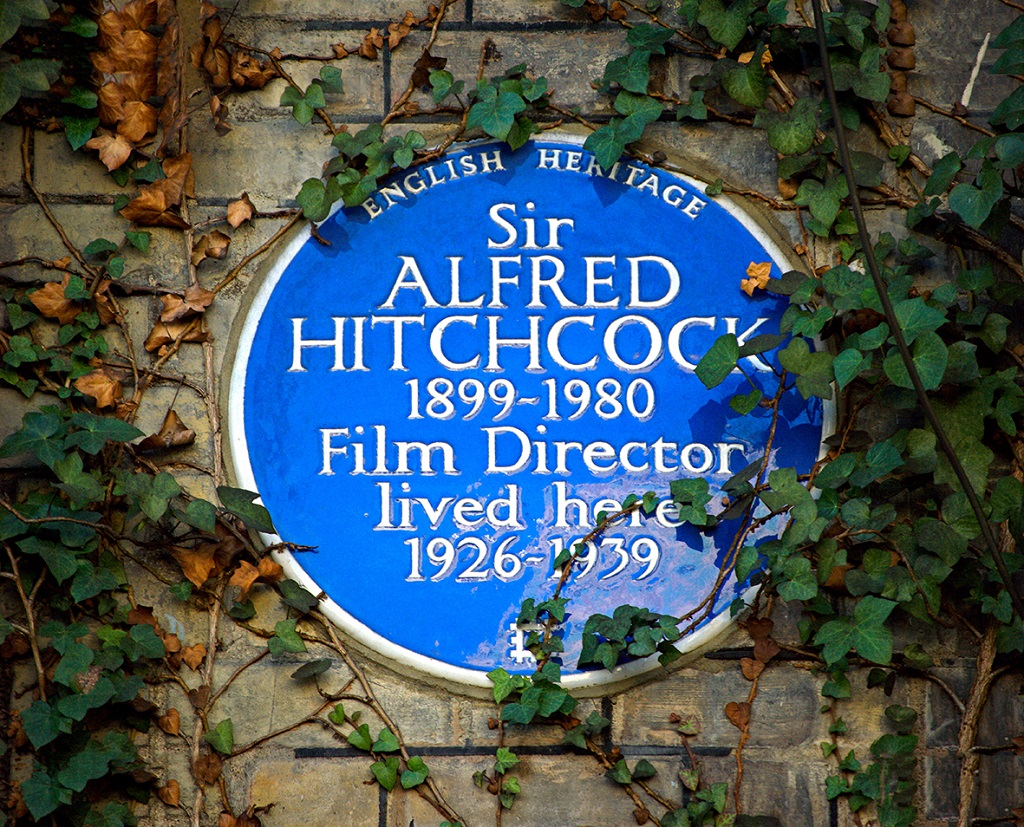
“These were fascinating figures to research,” says Spencer, “and they typify what, to me, makes the best kind of blue plaque: a strong connection to a particular area, a beautiful period building that survives much as they would have known it, and a historical figure who really helped to move the game on in whatever field of human endeavour they were working in.”
A select few of London’s blue plaque properties are open to the public, including John Keats’ and Sigmund Freud’s houses in Hampstead and the elegant Georgian villa, Ranger’s House, in Greenwich Park, which was once home to Philip, the 4th Earl of Chesterfield. Some of these properties now house museums, one of the most spectacular of which is the Leighton House Museum in the former home of the leading Victorian artist Frederic, Lord Leighton.
Located on the edge of Holland Park in Kensington, an unassuming facade hides a remarkable interior, extended and embellished by Leighton himself over a period of 30 years to become what is now a private palace of art. From the stunning Arab Hall added in 1877, lined with hundreds of 16th and 17th-century tiles from Damascus and Syria and inlaid with Egyptian woodwork, to the grand studio on the first floor overlooking a large garden where Leighton painted most of his masterpieces, it is one of London’s hidden gems.
While the properties bearing blue plaques that are open to the public are few – and certainly Leighton House is unusual in its glorious interior – it’s the private houses that are often just as fascinating to those who walk by. The joy of them is to imagine these people in familiar places as you walk past – to see George Orwell creating his totalitarian world of Big Brother from an unassuming house in Camden for example, or Ivor Novello composing his show-stopping classics in the top-floor flat above the Strand Theatre (now the Novello Theatre), where he lived for 38 years.
Winston Churchill famously said: “We shape our buildings, and afterwards our buildings shape us”. It’s easy to imagine him flashing his familiar victory sign from the window of the residence where his blue plaque now sits at 28 Hyde Park Gate. The innocuous plaques remind us that these historical heavyweights were there, and then leave us to form our own picture of their London lives.

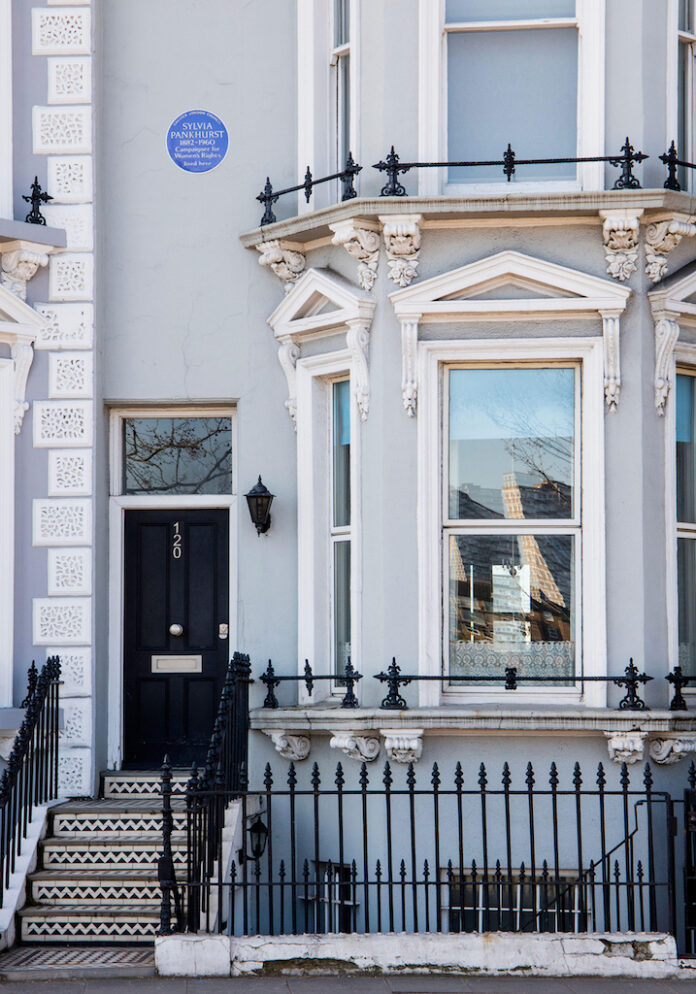




 © 2024
© 2024